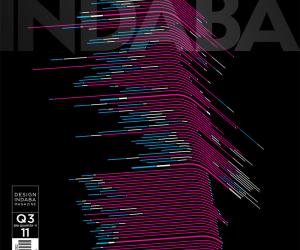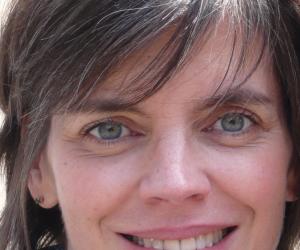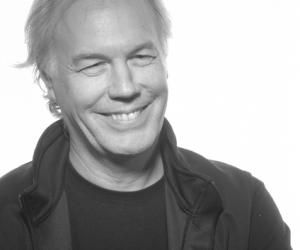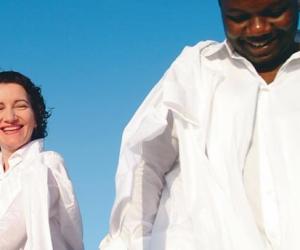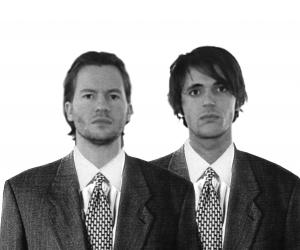First Published in
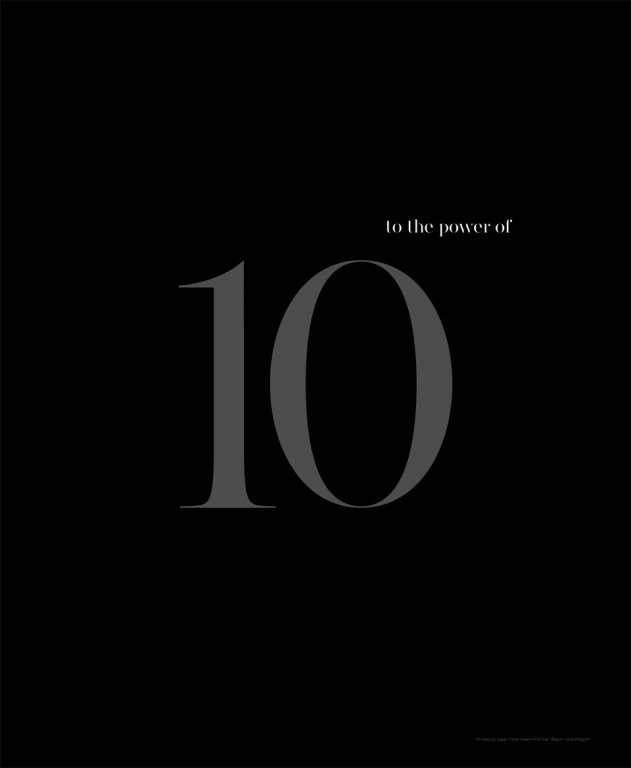
Ten urban interventions and 10design labs. Curated, collaborative, multidisciplinary and creative. Collectively, the essential ingredients of ExpoTENtial, an initiative that’s engaging the design community in New York City in creating smarter, livelier and healthier urban experiences.
Following on from international debates and discussions about the city and design, Laetitia Wolff of futureflair launched ExpoTENtial in May 2011 in an effort to marry the skills, expertise and open-mindedness of designers to the design of the urban environment.
“American design, and I’m not talking about architecture, is never called on to participate in the design of cities,” says Wolff. ExpoTENtial looks at how design can be made to work more efficiently in shaping urban spaces. For Wolff it all started with going back to what it is that design does, which is finding solutions to problems.
“Designers are used to working in that problem framework and imagining solutions,” she insists. It stands to reason then that designers are the ones capable of redesigning the city in a way that is both more sustainable and more engaging, capable of managing the predicted urban sprawl of the next 40 years.
The redesign of the city starts, simply, with a greater awareness of the urban landscape, explains Wolff. Building on this awareness, ExpoTENtial utilises design as the lens through which to view the city and its possibilities. Ultimately it is about having fun, adapting creative thinking to where it is most needed, and heightening public perception and participation in the making of the city.
Harnessing the power of the creative community to imagine and affect a better urban experience, ExpoTENtial also seeks to highlight the need for more cross-disciplinary design initiatives. “In design you find so many disciplines that cohabit but don’t communicate,” says Wolff. “This is perhaps because education tends to compartmentalise the different disciplines, but issues around sustainability might well change that, encouraging more people from different design spheres to work together.”
Four of the 10 ExpoTENtial labs were launched to coincide with events that were already taking place in the city during May, such as the Festival of Ideas for the New City and the International Contemporary Furniture Fair. Piggybacking on existing events was an opportunity to introduce the ExpoTENtial ideas to New Yorkers in a milieu in which creativity was already highlighted, substantiates Wolff. The teams of design thinkers and makers are all challenged to translate urban issues into engaging, situational public art works. Strategic alliances with various city agencies and interest groups also aid a more design-orientated approach to urban challenges.
The Hug A Worm Lab, one of the most successful labs to date, addressed issues of urban sustainability by educating the audience of all ages about the virtues of composting. Lab curator Julie Lasky says participants responded very enthusiastically to the project, with young children especially eager to draw pictures of worms while their parents had the opportunity to ask thoughtful questions about composting. “Many left us with the impression that they had learnt something valuable and might even change their daily habits,” says Lasky.
Urban Alchemy played to the curiosity of city dwellers by encouraging them to consider the multi-layered character of the urban environment, looking specifically at how art, technology, communication design and social interaction merge to create a creative unity. This lab posed the question: “Where do you find peace of mind?” The answers people gave were then displayed on a public surface, along with a 3D abstracted snapshot of them taken in a make-do photo booth set in a store. The result was an urban alchemy, a dynamic snapshot of the city and its living thoughts. It was important to Anna Cosentino, curator of the Urban Alchemy Lab, that this was a meaningful exercise with the purpose of “connecting with the city through social interaction and people’s involvement, while making it entertaining”. Cosetino adds that curating Urban Alchemy made her reflect on her own relationship with the city and how that experience would influence the development of the lab.
Exploring ways of embedding incidental exercise opportunities into the fabric of the city, the Par Corps Lab used a video collage to examine how design can increase physical activity in the city.
Going forward, each lab will aim to address a specific challenge, ranging from transport to energy, food systems, climate change and even “information overload”. In the creative vein of cross collaborations, each intervention can be a combination of hardware and software, viral and coordinated, educational and entertaining, indoor and outdoor. The labs can take the form of 3D built and interactive installations, printed campaigns, awareness campaigns, projects, sensory exhibitions or curated itineraries.
The remaining six labs are set to rollout over the next year. With the ExpoTENtial participants themselves a diverse creative crowd, the results are sure to be distinct. Tucker Viemeister, Birsel + Seck, KarlssonWilker and Amelia Black are just some of the design dignitaries participating in this initiative.
As a solutions-based initiative, Wolff believes it is important that all the ExpoTENtial labs and ideas should provide a model to be easily replicated. “The solutions we have here can be made to work in any city in the world, that is why all the labs are open source and can be adapted for any urban context.”
Getting a project that involves the entire city off the ground is not without its challenges. “The production dimension of mounting such a project with no financial means is really difficult,” says Wolff. “We had to tap into the goodwill of people while maintaining a sense of urgency, and nurturing interest and financing.”
Wolff recently joined desigNYC, a non-profit organisation committed to amplifying the work of extraordinary non-profit organisations in New York. Community groups and city agencies serving the public good are assisted in connecting with the power of good design. The work of desigNYC is directly related to the vision and mission of ExpoTENtial, which hopes to benefit from such an association.
ExpoTENtial is an opportunity to collaborate and to reach out to communities. It is about connecting existing events and targeting urbanites to get involved. It is about having fun, while considering the city as the next frontier of design. It is a project where the street is the canvas for design.

